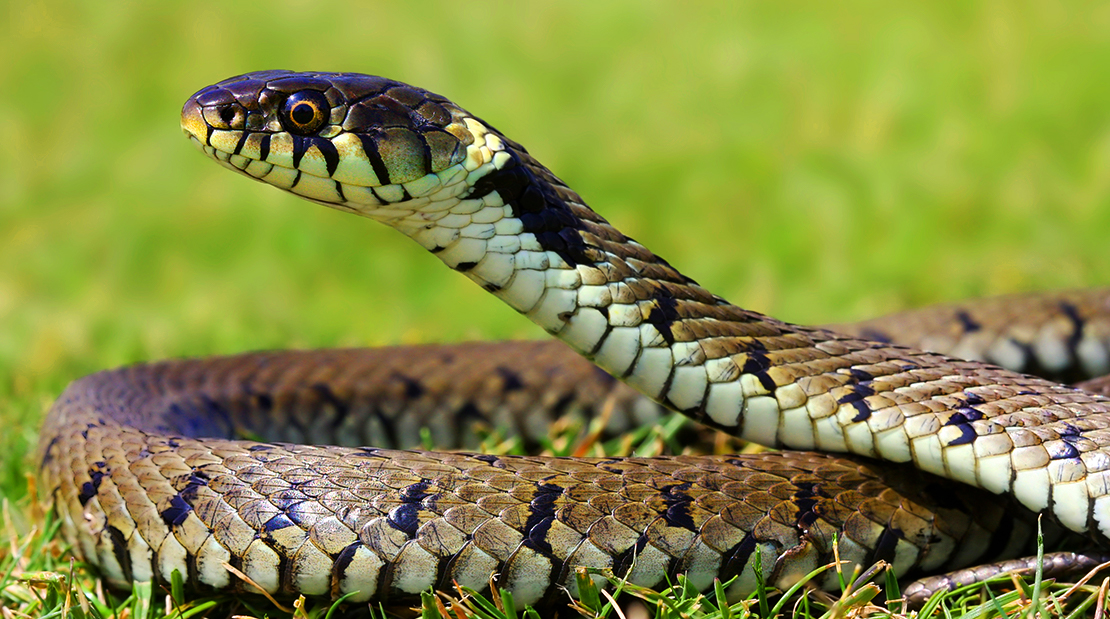
Snake Owning 101: Heat, Humidity, and Habitat
Snakes fall into the category of pets that can earn their owners some serious bragging rights. Whether it’s because of a rare breed, or an exotic color, owning a snake can seem pretty cool. Coolness aside, snakes are low-maintenance pets that don’t require much attention, right? Wrong.
Snakes rely heavily on their owners to meet their basic needs. Sure, snakes don’t need daily walks to the park, but they need environments that are conducive to their growth and survival. These scaly pets can have a lifespan of 25-50 years, but to do so, owners must remember the “three H’s”; Heat, Humidity, and Habitat.
Unlike dogs or cats, snakes are cold-blooded creatures. This means that their body temperatures are regulated by the temperatures of their surroundings. Because of their cold-blooded nature, rule number one for snake ownership is:
1. Monitor the temperature:
Since snakes don’t regulate their own body heat, owners have to provide a duel temperature environment. One side should provide proper shade where the snake can hide and stay cool. Large rocks can usually do the trick. The other side of the snake’s habitat should provide a constant source of heat, either in sunlight or under a lamp. But be careful with your heat sources. Overbearing heat lamps or excessive sunlight can leave snakes sunburned, and in need of veterinary attention as serious as surgery.
Speaking of skin care, snakes are known for shedding their skin. How often the skin sheds depends on a few factors, including breed, size, and our second “H”, humidity. This brings us to our second rule of thumb:
2. Mimic the snake’s natural surroundings and climate
The amount of humidity a snake needs depends on its natural climate. Snakes from dryer climates naturally need less humidity than those from more moist, or tropical climates. Regardless of how much humidity a snake needs, getting the proper amount is crucial to the snake’s ability to shed its skin. Snakes usually shed as they grow and the skin becomes too tight for the body. Typically, snakes can shed as often as once a month, depending on its stage of life. If your snake isn’t shedding skin, the amount of humidity, or lack thereof, may be the underlying cause.
Shedding of skin shouldn’t be the only change that takes place when your snake gets bigger. As your snake grows, so should its habitat. Our third rule for snake owning 101 is:
3. Maintain a Happy Habitat
In addition to heat and humidity, how a snake lives also affects its lifespan. A snake’s habitat should reflect its needs as both a reptile and as a predator. Overly large, empty spaces can act as stressors for snakes, and can also lead to boredom. Fully enriched snakes can climb, hide, and expose themselves (as wanted), in their habitats. Consider adding trees, rocks, logs, and other objects to your snake’s cage or terrarium to act as “toys”. Keep in mind that snakes are also hunters, who put forth great effort in stalking their prey. So, create a home that is fit for fun feeding and allows the snake to behave as it would in its natural habitat.
Snakes are one of nature’s most fascinating creatures that can be fun to keep as household pets. For more interesting facts on snakes, and other exotic animals, check us out on Facebook and Twitter.

